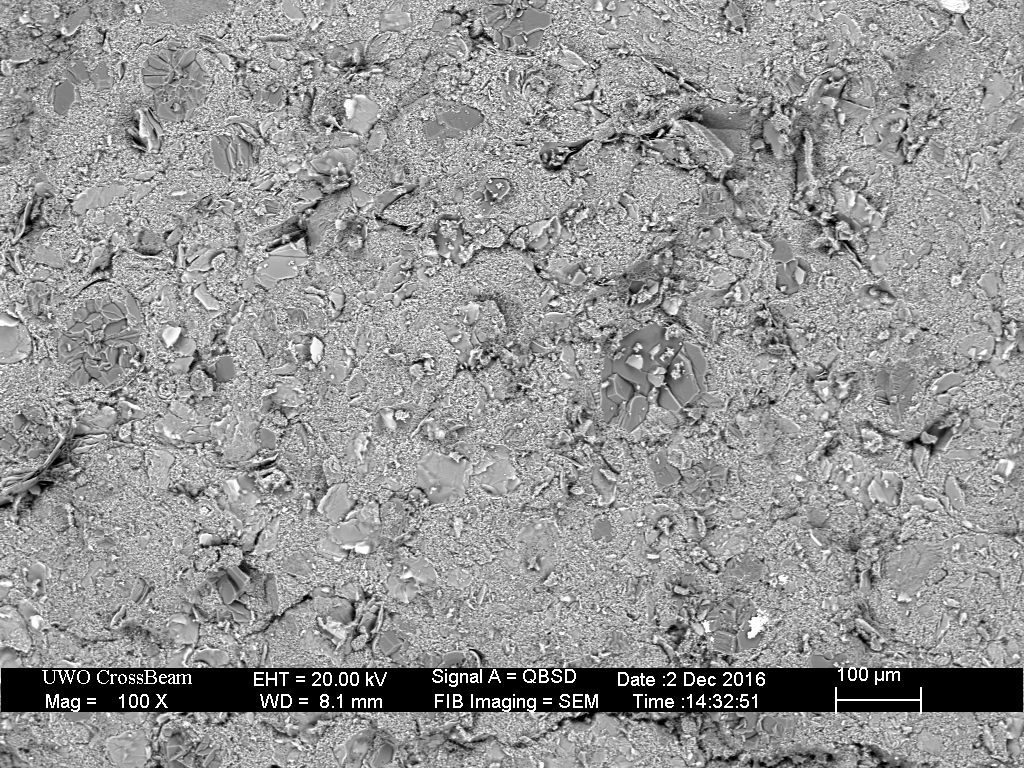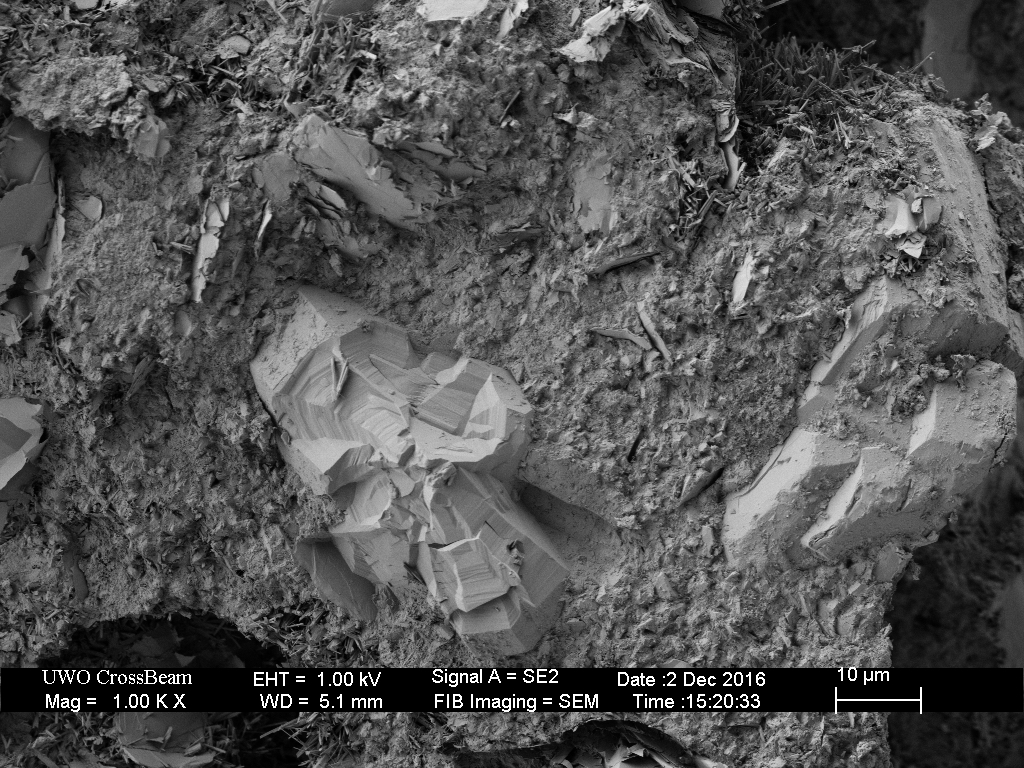Shapton has introduced the Rockstar line of stones apparently using a different grading than their classic offerings, as tabulated below. I am uncertain how to handle this for a future revision of my grit chart.
I could add yet another column but I think the chart is already at risk of becoming unwieldy. Perhaps I should average the Classic and Rockstar values, since it seems at best they are rough approximations given the finding of ridiculously out-of-grade particles in the 8000 Glass Stone stone by Todd Simpon. Or perhaps based on that finding I should "bite the bullet" and despite their popularity drop them from the chart entirely.
Please share your thoughts and advice on how best to proceed.
I could add yet another column but I think the chart is already at risk of becoming unwieldy. Perhaps I should average the Classic and Rockstar values, since it seems at best they are rough approximations given the finding of ridiculously out-of-grade particles in the 8000 Glass Stone stone by Todd Simpon. Or perhaps based on that finding I should "bite the bullet" and despite their popularity drop them from the chart entirely.
Please share your thoughts and advice on how best to proceed.
| Grit | Classic | Rockstar |
| 120 | 122.5 | - |
| 220 | 66.82 | - |
| 320 | 45.94 | 40 |
| 500 | 29.4 | 25 |
| 1000 | 14.7 | 11 |
| 2000 | 7.35 | 6 |
| 3000 | 4.9 | 4 |
| 4000 | 3.68 | 3 |
| 6000 | 2.45 | 2 |
| 8000 | 1.84 | 1 |
| 10000 | 1.47 | NANO |
| 16000 | 0.92 | NANO |
| 30000 | 0.49 | - |
Last edited:










